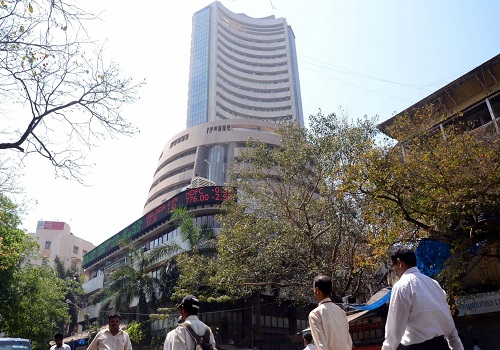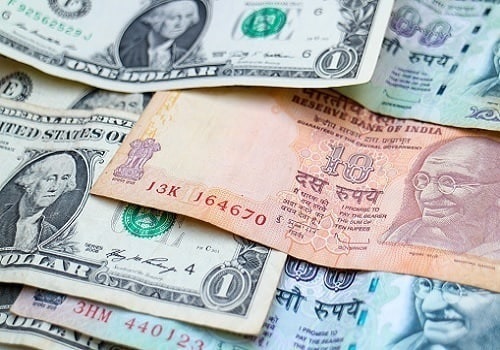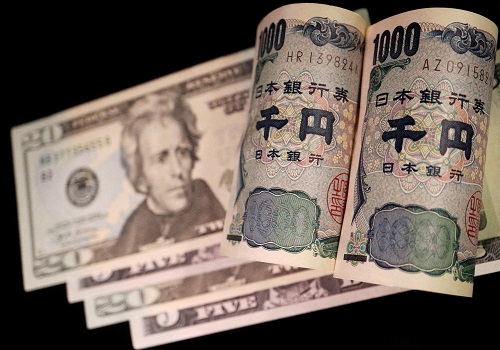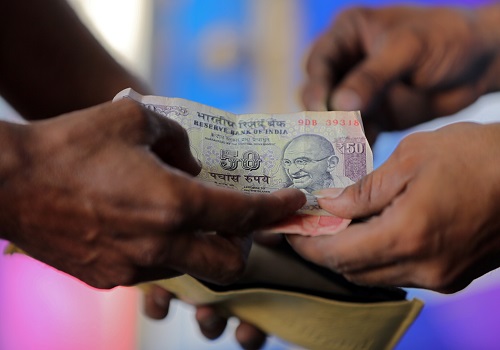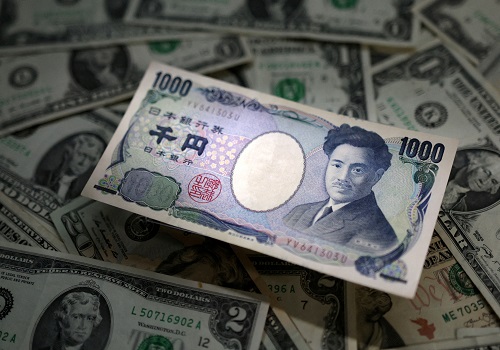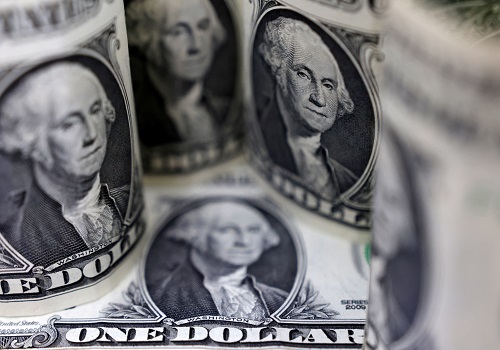Yen`s fall toward multi-decade lows keeps markets on intervention watch
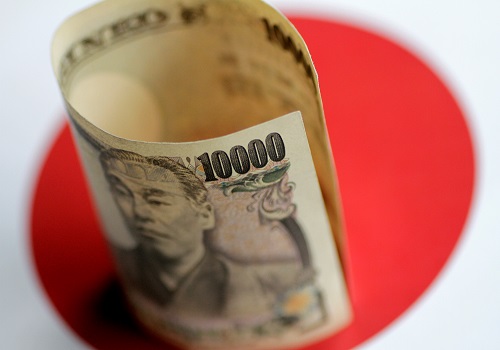
Follow us Now on Telegram ! Get daily 10 - 12 important updates on Business, Finance and Investment. Join our Telegram Channel
The battered yen was stuck near a three-decade low against the dollar on Tuesday, struggling to find a floor as the Bank of Japan's (BOJ) ultra-easy monetary policy settings remained at odds with the prospect of higher-for-longer rates elsewhere.
The Japanese currency slumped to a 15-year low of 162.38 per euro in early Asia trade and slid to a roughly three-month trough of 186.25 per British pound.
Against the dollar, the yen last stood at 151.72, languishing near a one-year low of 151.92 hit on Monday. A break below last year's trough of 151.94 per dollar would mark a fresh 33-year low for the yen.
The yen had jumped briefly against the greenback in New York hours on Monday after striking the year-to-date low, which analysts attributed to a flurry of trading in options that come due this week rather than due to any intervention moves from Japanese authorities.
"I'm inclined to also think that it wasn't a BOJ intervention... The bout of Japanese yen strength was very brief and reversed very quickly, and if it was a BOJ intervention, I would've expected a more long lasting yen strength," said Carol Kong, a currency strategist at Commonwealth Bank of Australia.
Despite the BOJ's carefully orchestrated steps to phase out its controversial yield curve control (YCC) policy and hints of an imminent end to negative interest rates, the piecemeal moves have done little to sustain a rally in the yen, particularly as central banks globally maintain their hawkish rhetoric of higher-for-longer rates.
"I think the market has come to the realisation that the Bank of Japan is going to exit its policy but at a very, very, very slow and cautious pace," said Rodrigo Catril, senior FX strategist at National Australia Bank (NAB).
"A weak yen is probably going to stay here for a little bit longer, and the market has been testing to see what the appetite is, particularly for the (Ministry of Finance) and the BOJ, to allow for weaker levels."
Japanese authorities in September last year intervened in the currency market to boost the yen for the first time since 1998, after a BOJ decision to maintain its ultra-loose monetary policy drove the yen as low as 145 per dollar.
It intervened again in October 2022 after the yen plunged to a 32-year low of 151.94.
INFLATION AND THE FED
Outside of Asia, traders also had their attention on U.S. inflation figures due later on Tuesday, which will provide further clarity on whether the Federal Reserve would need to raise interest rates even more to tame inflation.
Fed Chair Jerome Powell and his chorus of policymakers have in recent days pushed back against market expectations that the U.S. central bank was done with its aggressive rate-hike cycle after it held rates steady at its latest policy meeting.
The comments have kept the U.S. dollar bid and against the greenback, the New Zealand dollar fell to an over one-week low of $0.58705.
Sterling eased 0.03% to $1.2274, while the euro gave up 0.02% to trade at $1.06965.
"Overall, the market is also kind of worn out by all messages coming from central banks and the higher-for-longer and wait-and-see mode is keeping volatility low," said NAB's Catril.
"We need to wait for that CPI number tonight, which could be a bit of a shaker. If it's strong, then obviously it brings in the idea that another rate hike from the Fed is there."
Down Under, the Australian dollar dipped 0.1% to $0.6370.
Domestic data was mixed with Australian business conditions holding firm in October, but consumer confidence sliding in the wake of last week's rate hike from the Reserve Bank of Australia.









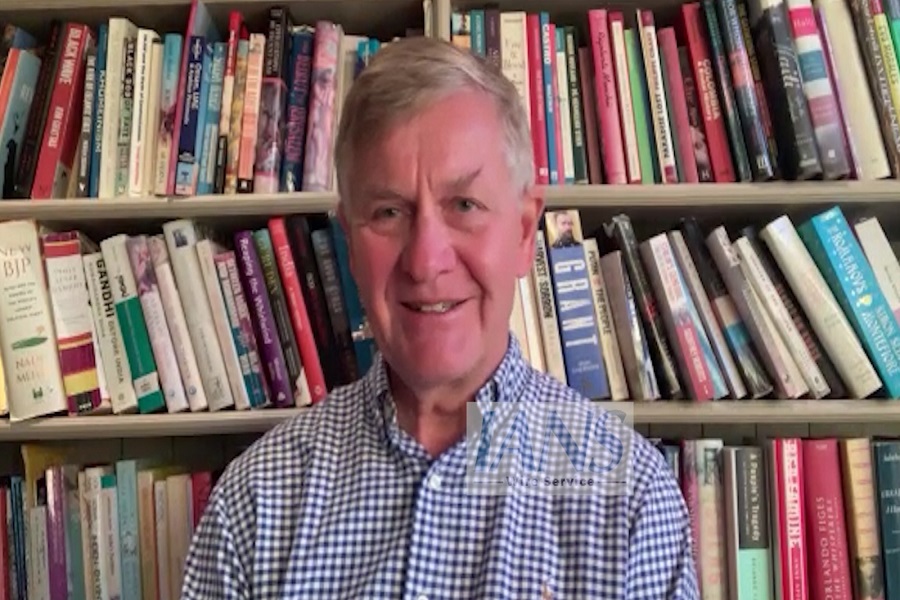


 320-x-100_uti_gold.jpg" alt="Advertisement">
320-x-100_uti_gold.jpg" alt="Advertisement">

